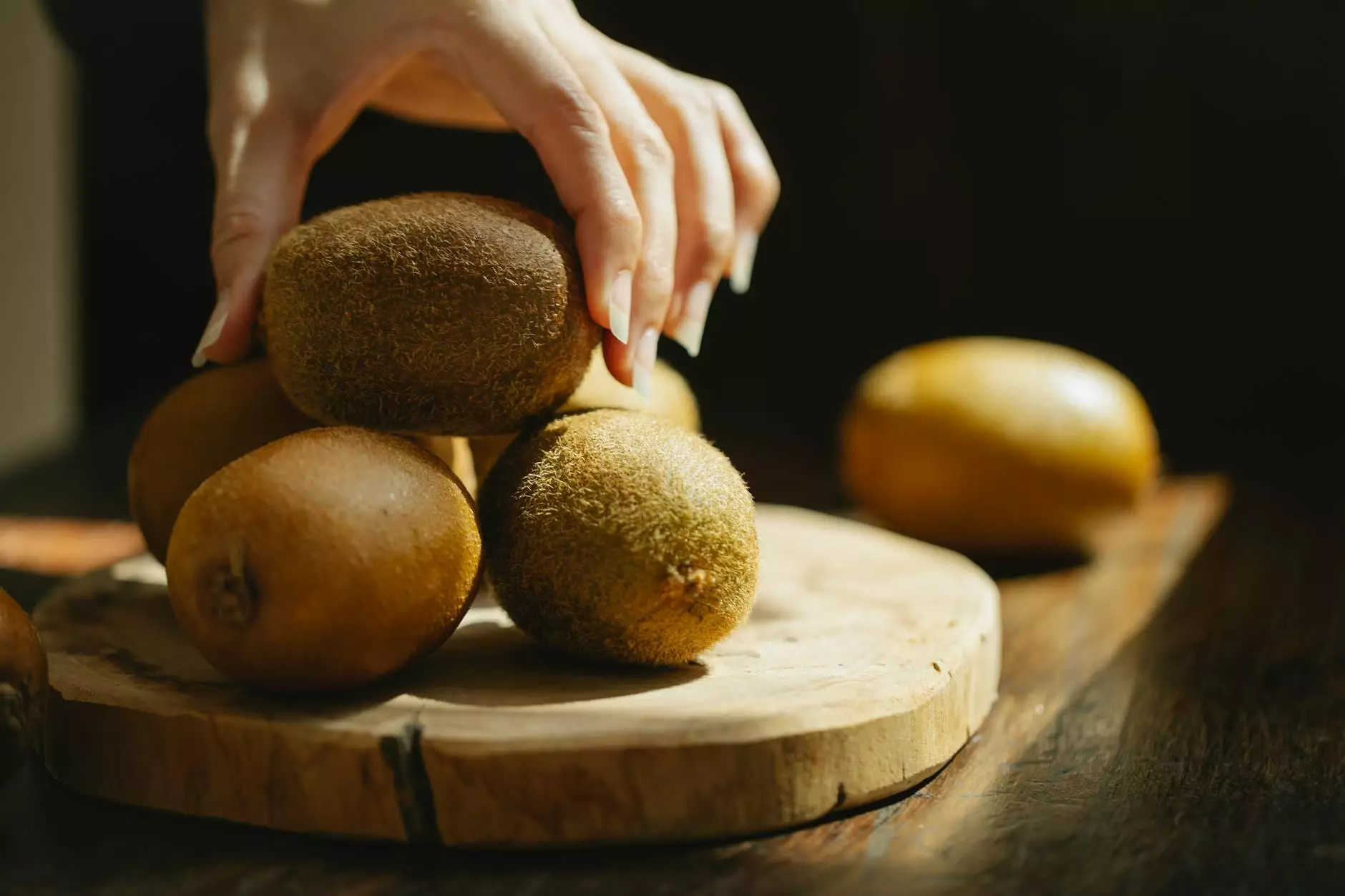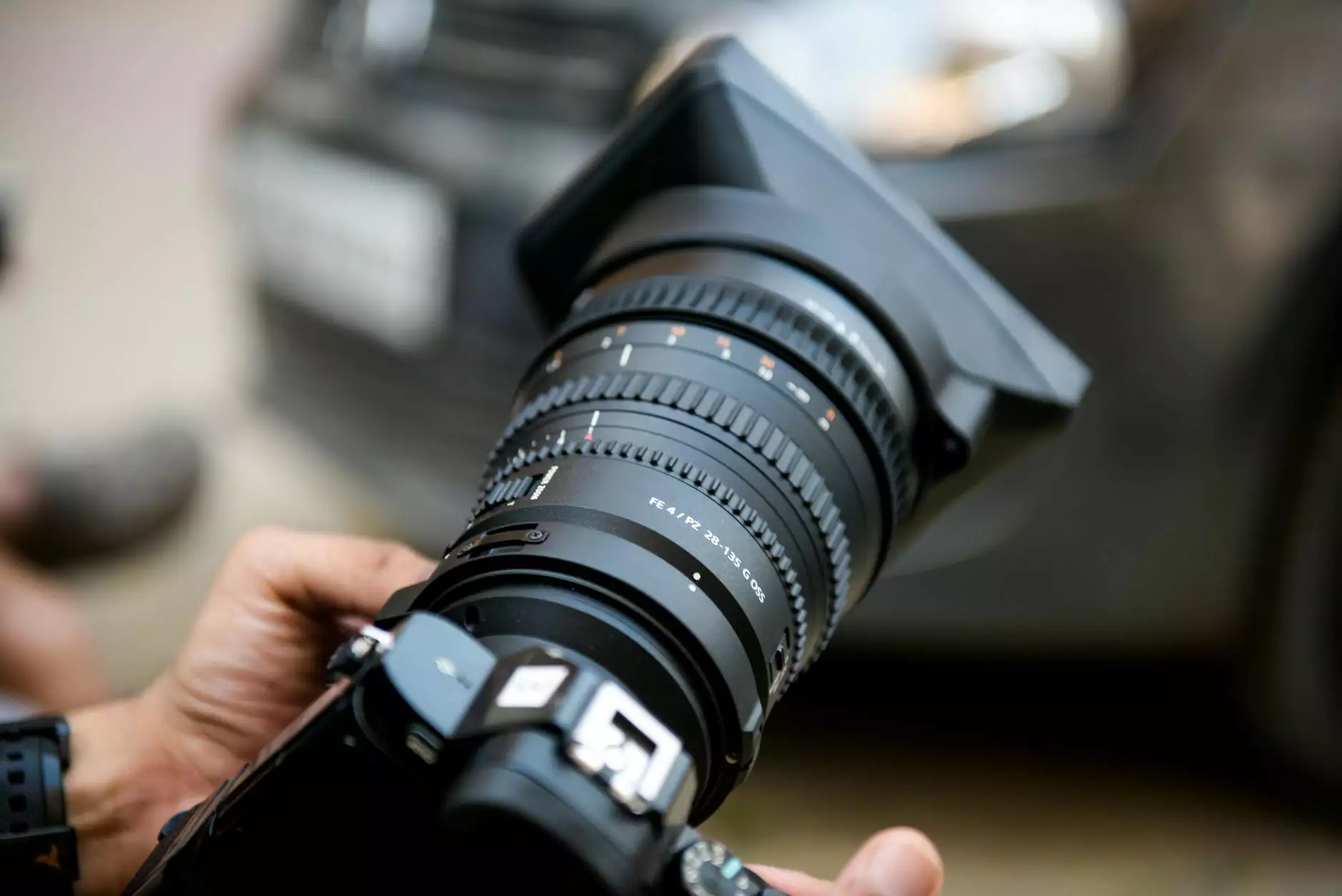Balayage vs Foilyage: Discover Your Perfect Hair Highlighting Technique

When it comes to hair coloring, one of the hottest topics in the beauty industry is balayage vs foilyage. Both techniques offer stunning results but cater to different styles, hair types, and personal preferences. Understanding these distinctions is crucial for anyone looking to enhance their hair with beautiful highlights. In this comprehensive guide, we'll delve deep into both methods, exploring the definitions, processes, benefits, and potential drawbacks of each. Let's get started on your journey to the perfect hair coloring!
What is Balayage?
Balayage is a French word that means "to sweep." This technique involves a freehand painting method where color is strategically applied to create a natural, sun-kissed appearance. Artists use a brush to apply color onto the hair, enhancing the natural depth and dimension.
How Balayage Works
The balayage technique focuses on the surface of the hair strands rather than saturating the whole section. The colorist selects sections of hair and paints on a lighter color, gradually blending away from the roots to the tips. This allows for a softer, more blended transition between colors.
Benefits of Balayage
- Natural Look: Balayage is perfect for those who desire a more natural-looking hairstyle, reminiscent of sun-kissed strands.
- Low Maintenance: Since balayage often results in a seamless blend of color, regrowth isn’t as noticeable, leading to less frequent salon visits.
- Versatility: This technique works on various hair types and colors, allowing for personalization according to individual preferences.
- Customizable: Colorists can tailor the shades and placement to complement the client's skin tone and facial features.
Who Should Consider Balayage?
Balayage is ideally suited for individuals with medium to long hair who want to add dimension without a stark contrast between colors. It’s great for those who appreciate a more laid-back, effortless aesthetic.
What is Foilyage?
Foilyage is a blending of the traditional foiling technique and the freehand method of balayage. This approach involves painting color onto the hair and then wrapping the sections in foil to accelerate the processing time and enhance contrast.
How Foilyage Works
When applying foilyage, the stylist begins similarly to balayage but uses foils to wrap the painted sections. This technique allows for a more vibrant, defined finish since the foil retains heat, enabling the lightener to lift the hair more effectively. The result is a more intense highlight that provides a bolder look.
Benefits of Foilyage
- Vibrant Highlights: Because foiling traps heat, it often leads to brighter, more pigmented highlights compared to balayage.
- Defined Results: Foilyage provides a clear contrast between the base color and highlights, making it perfect for those who prefer a more structured style.
- Quicker Process: The use of foil speeds up the coloring process, making it a time-efficient option for both the client and stylist.
- Suitable for Short Hair: Foilyage works wonderfully on short hair, providing them with depth without the need for lengthy strands.
Who Should Consider Foilyage?
Foilyage is an excellent option for those looking for a bolder look and those with shorter hair who want to maintain a high-contrast finish. It’s also ideal for individuals who seek vivid colors and noticeable highlights.
Comparing Balayage and Foilyage
Now that we’ve explored both balayage and foilyage individually, let’s break down the key differences to help you decide which technique is best for you:
Technique
Balayage is executed freehand with a sweeping motion, while foilyage incorporates the use of foil to enhance the vibrancy and processing speed.
Results
Balayage achieves a soft, blended appearance, while foilyage offers a distinct delineation between the base and highlighted colors.
Maintenance
*Balayage* is generally lower maintenance due to its natural fade, contrasting with foilyage, which may require more frequent touch-ups to maintain vibrant highlights.
Hair Length
Balayage works well on medium to long hair, whereas foilyage is exceptional for short haircuts, providing them with a defined look.
Time Required
Balayage may take longer due to its free application method, whereas foilyage is usually quicker as the foils expedite development time.
Choosing the Right Technique for You
When it comes to deciding between balayage vs foilyage, consider the following factors:
- Desired Result: If you prefer a natural, subtle look, balayage may be more suitable. For vibrant, standout highlights, foilyage is the way to go.
- Hair Type: Think about your hair length and texture. Gradual fading is ideal for long hair whereas high contrast may be more beneficial for shorter styles.
- Maintenance Commitment: Assess how much upkeep you are willing to commit to; balayage allows for longer time between appointments.
- Personal Style: Your personal fashion sense plays a vital role; choose the method that fits your aesthetic better.
Consultation with a Professional
To make the best decision, it is highly recommended to consult with a professional stylist. Their expertise can help you navigate the options based on your hair condition, lifestyle, and personal preferences. At KG Hair Salon, our trained stylists can guide you in choosing between balayage and foilyage, ensuring you achieve the hair of your dreams.
Conclusion
In conclusion, both balayage and foilyage are exceptional highlighting techniques that can enhance your hair's beauty and depth. By understanding the unique aspects of each method, you can make a well-informed decision that aligns with your aesthetic desires and upkeep preferences. Whether you choose the soft, sun-kissed look of balayage or the bold brilliance of foilyage, your hair is sure to turn heads!
Explore more about our offerings in Hair Salons, Hair Extensions, and Beauty & Spas at KG Hair Salon and schedule your appointment today!









